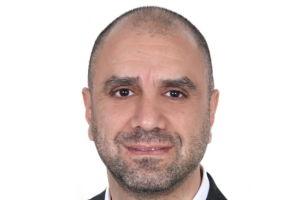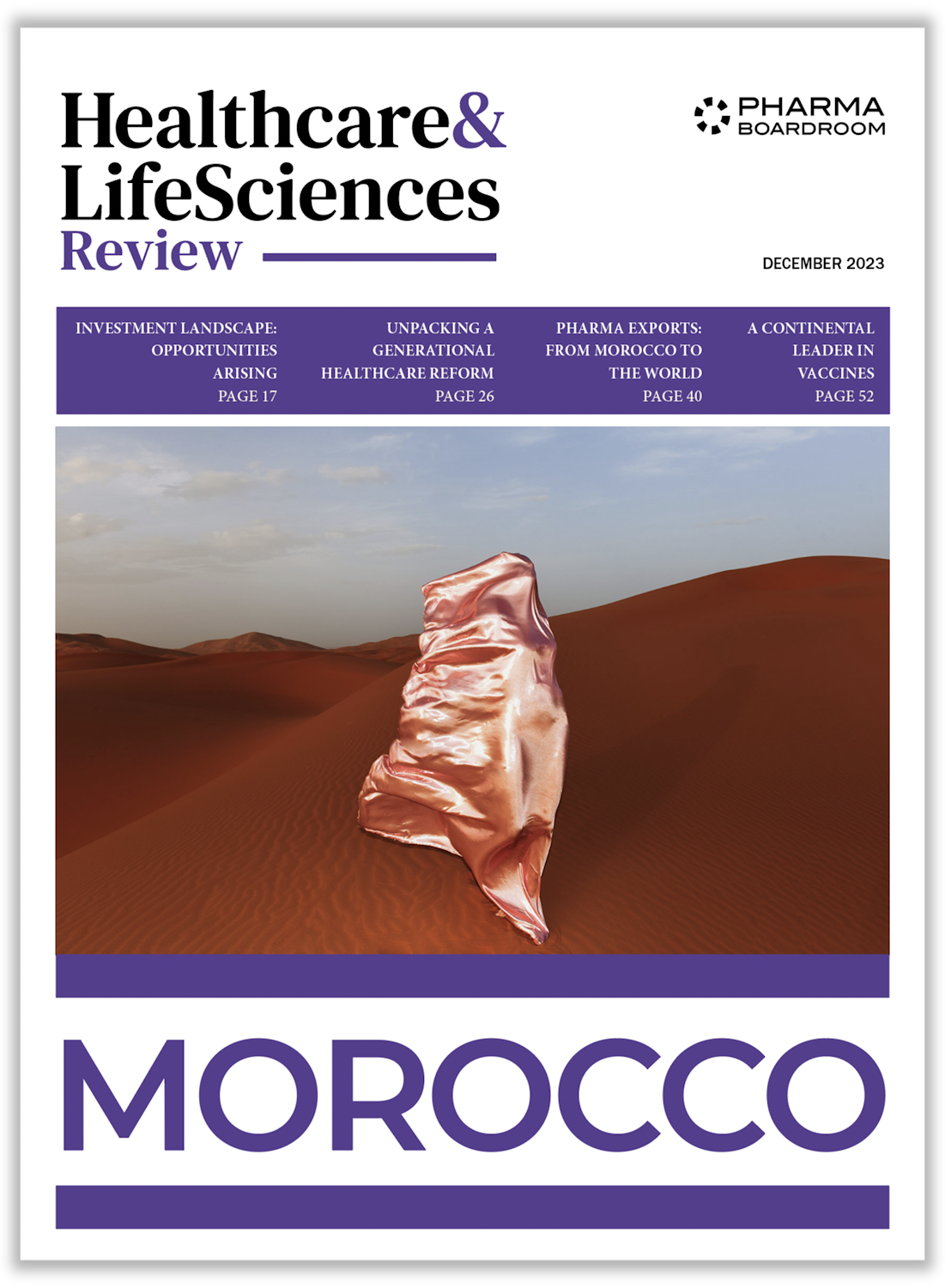Ousama Al Haj, director for UAE, Bahrain, Oman & Qatar at AstraZeneca, highlights the company’s substantial growth and favourable position in the Gulf markets, explains how the company is overcoming the local healthcare dynamics by partnering with local authorities to offer patients’ platforms instead of products, and analyzes AstraZeneca’s future with the launch of its new oncology portfolio and expanded new indications of the current portfolio.
Considering that the emerging markets are tied with the United States, generating 33 percent of the revenue for Astra Zeneca, what can you say about the importance of the Gulf region for the group?
Within the Middle East, Africa region, almost 40 percent of the revenue is currently being generated in the Gulf Cooperation Council (GCC) cluster. That high number reflects the commercial relevance of the GCC, but, at the same time, reveals that the UAE and the rest of the GCC countries are setting the standard of fast track registration for other international markets; The UAE is often among the first three countries to obtain registration globally. That, of course, allows us to provide our local patients access to new innovative medications promptly without the need to wait long to receive the latest life-saving innovative therapies.
With oncology and cardiovascular leading the company’s revenue worldwide, which therapeutic areas are most in-demand in your region?
In this region, we are focusing mainly on three therapeutic areas: respiratory, cardiovascular and metabolic as well as oncology. AstraZeneca has one of the strongest oncology pipelines in the world, which is also why we can call the company a launch machine. We have many product launches or new indications for established medications every year.
At the same time, we have a special focus on cardiovascular diseases, particularly in diabetes, recently revealing new data for one of our diabetes products across the Gulf with superb results because of its ability to go beyond glycemic control and provide a proven protective cardiovascular effect. Looking at the respiratory area, the company has been covering the market for decades and we are one of the leaders across the region. These three priorities apply to the company globally, but they also align perfectly with the needs of the region and the focus of the UAE vision 2021, hence our numerous partnerships with the health authorities out of which I would highlight the creation of the 1st nebulization room with 3D projection mapping technology in the world in partnership with the UAE Ministry of Health and Prevention.
Can you explain your partnership model in the region?
AstraZeneca has been present in the United Arab Emirates since the 1980s and we collaborate with the local authorities to bring innovative solutions and medicines to patients. We also support the national agenda and the UAE Vision 2021 through fully integrated patient-centric projects that reflect the world-class standards of the country’s ecosystem.
A good example is Re’aya, a patient affordability program for cancer patients that cannot complete their treatment regimen for financial reasons or lack of insurance coverage. That program reflects the company’s ongoing commitment to provide access to patients to the latest treatments to their diseases and our commitment to partner with the Ministry of Health and Prevention (MOHAP) at the same time.
In addition, we have signed a memorandum of understanding (MoU) with MOHAP to extend the program to cover respiratory biologics in addition to the current oncology products and we are looking to continue adding therapeutic areas and medicines.
Another example to highlight is our partnership with the UAE Ministry of Health in Respiratory where we work with the authority to provide an integrated approach in Asthma management by first understanding the local prevalence of asthma and then building capacities and capabilities among healthcare professionals while at the same time creating awareness among patients.
What is AstraZeneca doing in terms of research and development in the country?
Our approach to clinical research in the UAE focuses on generating local data since knowing the disease is one thing but knowing how it is impacting people living in this particular country might differ from other places. In UAE, we have conducted several studies in partnership with the UAE Ministry of Health and Prevention in oncology, respiratory and cardiovascular and metabolic diseases. Through these efforts, we are better understanding the UAE specificities so we can tackle local unmet medical needs.
How do you asses the challenges in the country?
In my opinion, the UAE is a well-developed market with a clear vision to have a world-class healthcare system. The local environment is highly dynamic, and we have to navigate it as best as we can. We believe that our strong team on the ground and partnership model has allowed us to overcome challenges and helped us become a trusted partner of choice.
Why do you believe the company has achieved those levels of growth?
Honestly, it has been about putting the right people in the right place, therefore maximizing our team’s capabilities. We have optimized the structure across the region in order to make sure that everyone is as efficient as possible in their respective roles.
This being said, I believe that our key to success after people is our ability to be flexible and quickly adapt to local market dynamics.
How are the rest of the markets in the Gulf performing?
Gulf markets means the UAE, Qatar, Oman, Bahrain, Kuwait and Saudi Arabia, are often similar but require different approach based on country-specific dynamics and regulations. Most of our markets are performing well and we aspire to become a trusted partner of choice to health authorities across all Gulf markets.
Having worked in as complex regions as Iraq, Syria and Lebanon, what can you tell other executives about what it takes to succeed there?
These countries are known to have special considerations due to the political instability. Our presence was driven by the specificities of each country and the local situation; accordingly, we were actively present in some and ensuring continuous supply of medicines in others.
The key to success is to be driven by your values, be patient-centric, have a strong team on the ground and a flexible strategy to adapt with changing situations.







